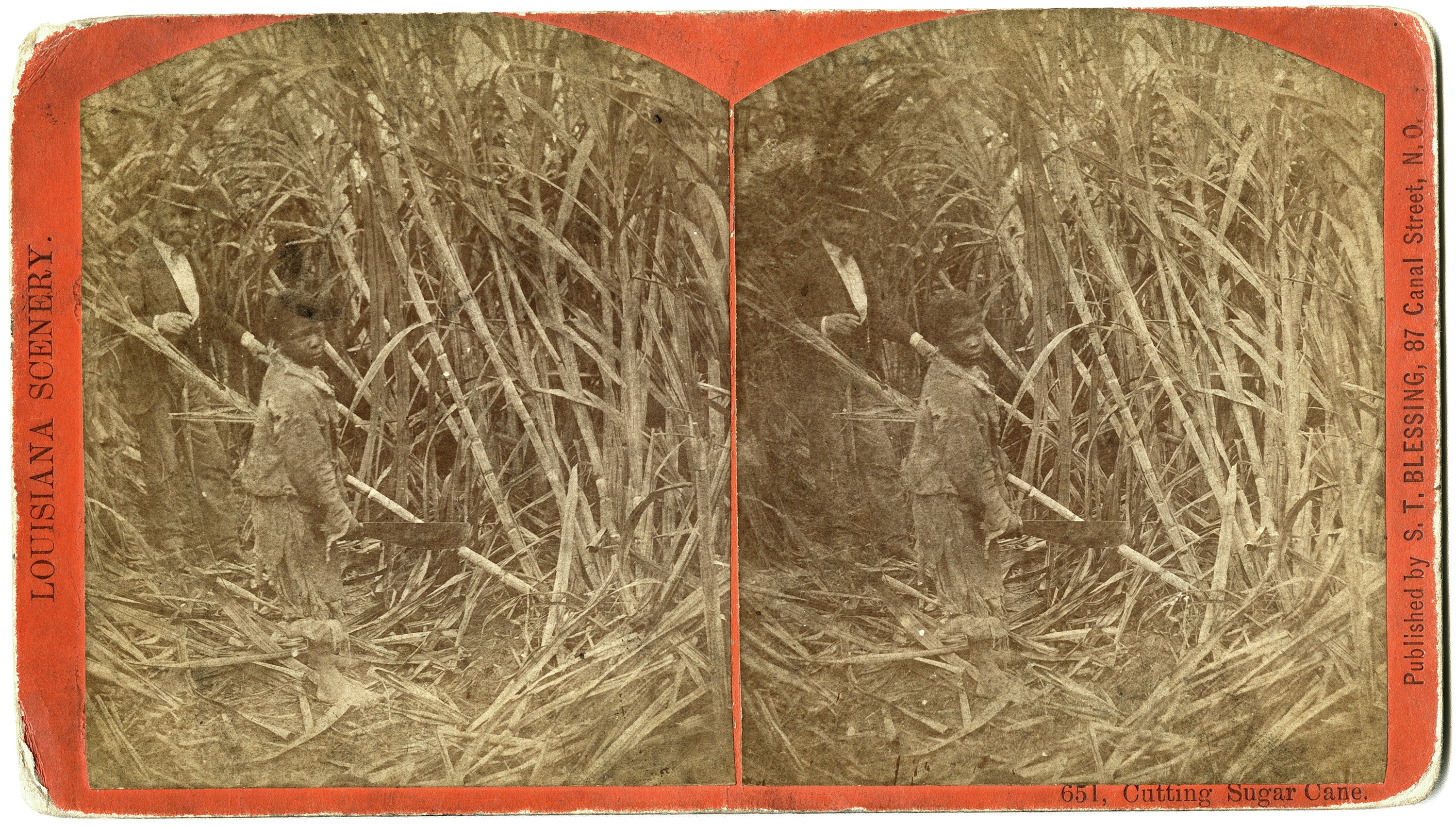Freedom arrived in fits and starts for African Americans once held as human chattel. Abraham Lincoln's 1863 Emancipation Proclamation freed only those slaves residing in the Confederate States. Those held in bondage in states loyal to the Union, including Maryland, Kentucky, Delaware, and Missouri, remained in bondage. And since the Confederacy was at war with the very powers that had issued the Emancipation Proclamation, its effect on the vast majority of slaves, who did not or could not seek shelter behind Union lines, was negligible.
“It seem like it tuck a long time fer freedom to come. Everything just kept on like it was. We heard that lots of slaves was getting land and some mules to set up fer theirselves; I never knowed any what got land or mules nor nothing.”
—Mittie Freeman, from Born in Slavery: Slave Narratives from the Federal Writers’ Project, 1936–1938
The Thirteenth Amendment, passed on January 31, 1865 (two months prior to Lee's surrender), and ratified on December 6 of the same year, officially abolished slavery throughout the United States. But for many people residing in the South, labor conditions remained remarkably similar to those under slavery. Gone, however, was the system that allowed one group of people to buy and sell another. With the end of the slavery, fathers could no longer be sold away from their children, husbands from their wives, individuals from their communities. For many men, women, and children, freedom brought hope that families torn apart by the slave trade might be reconstituted, that kinfolk and friends might be reunited.
Find out how former slaves found friends and family after the Thirteenth Amendment was passed.

Plantation Children
between 1865 and 1895; albumen stereograph
by Samuel Tobias Blessing, photographer
THNOC, 1979.221.13

Cutting Sugar Cane
between 1865 and 1895; albumen stereograph
by Samuel Tobias Blessing, photographer
THNOC, 1979.221.29

